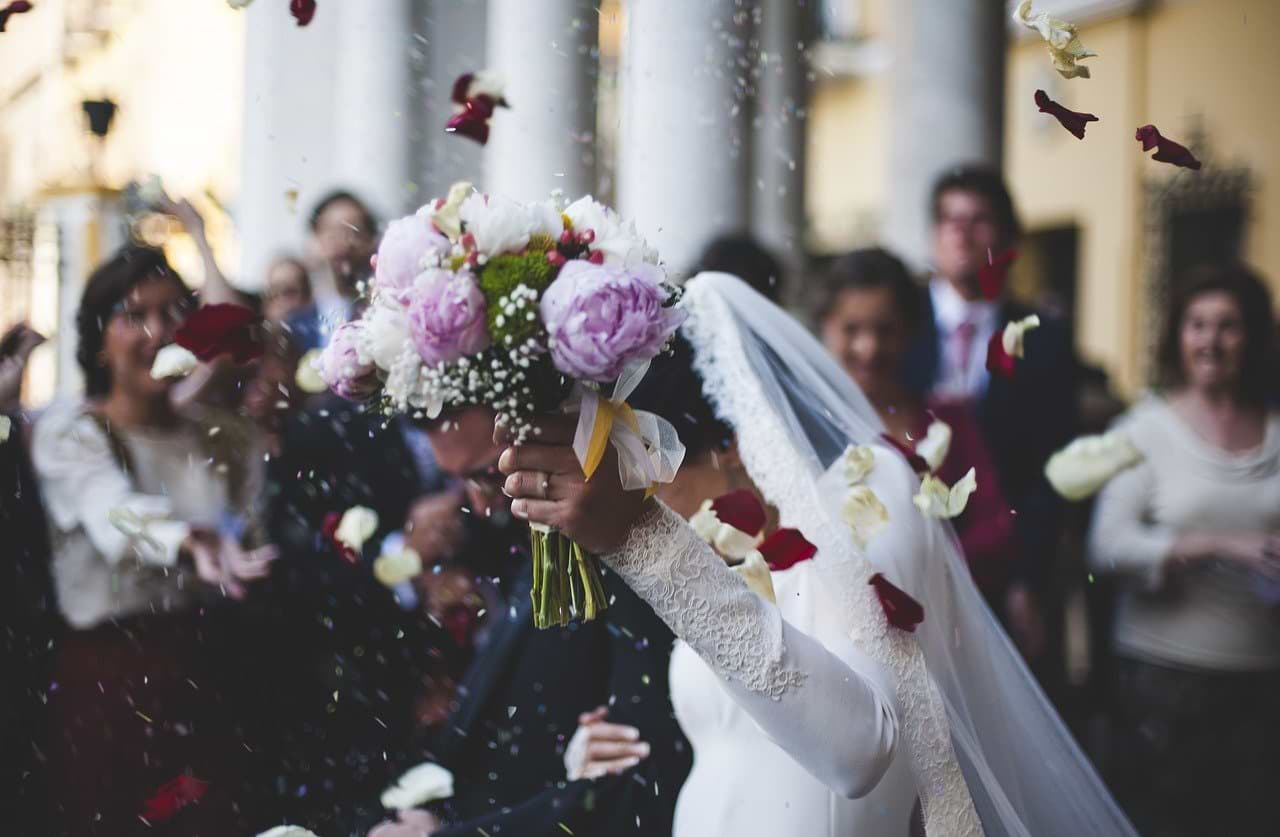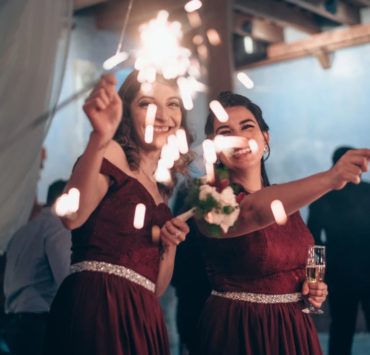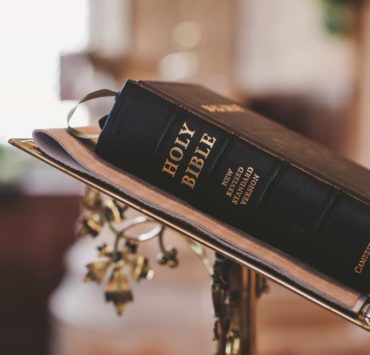In the Philippines, almost all traditional Catholic weddings have two sets of sponsors: the primary sponsors (aka principal sponsors or ninongs and ninangs) and the secondary sponsors. They’re essential members of the wedding entourage and are usually relatives or close family friends of the bride and groom.
Do you already have your complete list of primary and secondary sponsors? Or are you still undecided if Tita Baby should be a ninang or a veil sponsor? In this article, we’ll go over the major differences between primary and secondary sponsors at a wedding.
Differences between primary and secondary sponsors
Duties and Responsibilities
The major difference between primary and secondary sponsors in a wedding is their specific roles. Whether it’s a church wedding or a civil wedding, the primary sponsors act as witnesses to your marriage and sign the marriage contract or certificate. They will be your godparents, which is why many couples choose ninangs and ninongs whose marriages they admire. If ever you encounter problems in your married life, you can easily approach them for advice.
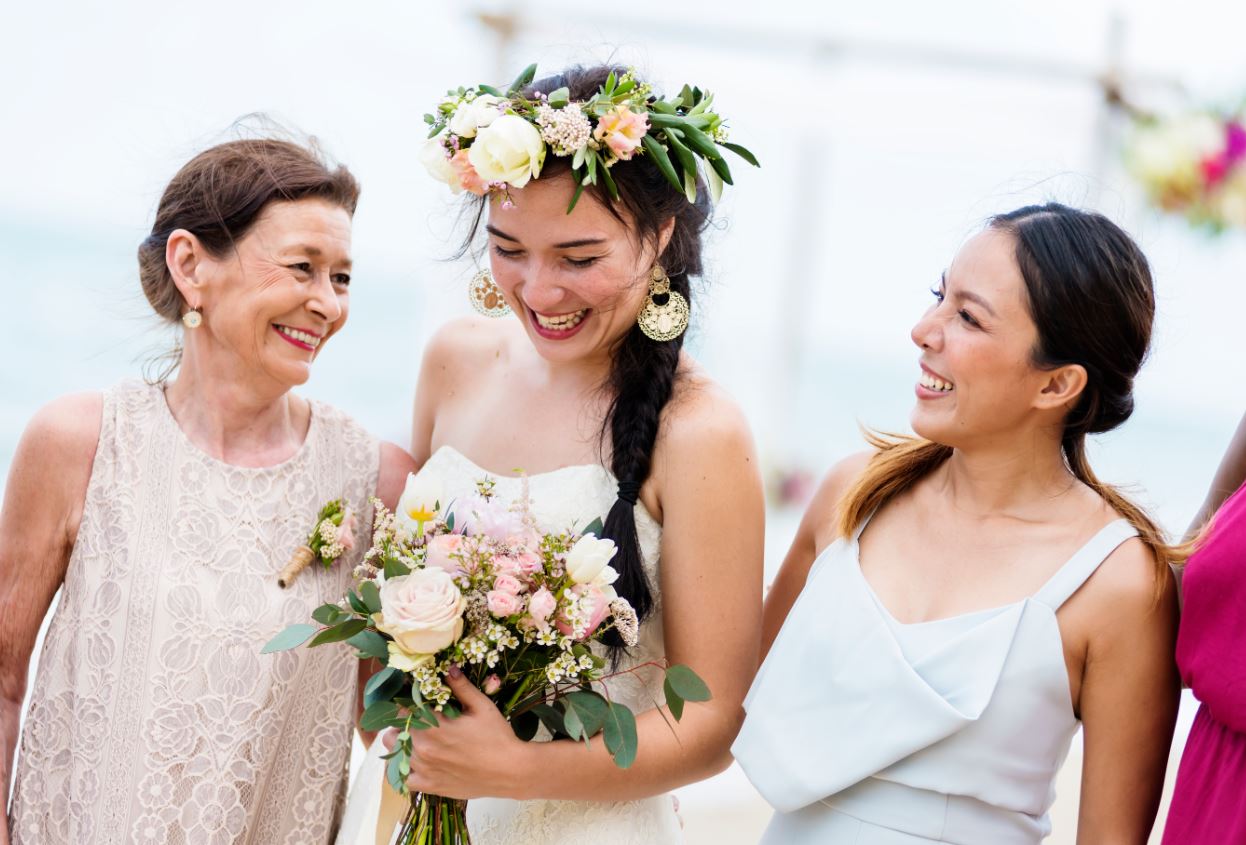
The roles of the secondary sponsors during the ceremony are varied, as there are three types of secondary sponsors: Candle, Veil, and Cord. The Candle Sponsors light the wedding candles, the Veil Sponsors lay the veil over the bride’s head and the groom’s shoulder and the Cord Sponsors place a knotted cord over the couple’s heads. The wedding candles, veil, and cord each have their own significance in the wedding ceremony.
Age
Age is not a major difference between primary and secondary sponsors, as there’s no hard rule about how old a secondary sponsor should be. However, given that secondary sponsors do specific tasks like lighting candles, you might want to steer clear from choosing children. Couples also usually choose their aunts, uncles, and parents’ close friends to be secondary sponsors as a show of respect.
For primary sponsors, there’s only one rule when it comes to age: they should at least be 18 years old. As they will be signing the marriage contract, a legal and binding document, they should be of legal age to do so. But since they’ll be your godparents, it’s wise to choose people you look up to.
Number of Pairs
A difference between primary sponsors and secondary sponsors is that the latter has a fixed number of pairs, while you can have as many ninongs and ninangs as you want. You only need three pairs of secondary sponsors — no more, no less.
For primary sponsors, you need at least two pairs to sign the marriage contract. However, there are couples who prefer having six to eight pairs, especially in large weddings.
Attire
In traditional Filipino weddings, the ninangs should not wear the color motif of the bridesmaids and flower girls. They’re supposed to stand out from the rest of the bridal party. Dresses and gowns in cream or off white colors are recommended as they complement anyone, regardless of age. For the ninongs, it’s best to go for barongs or tuxedos in neutral and subdued tones.
Secondary sponsors have a bit more freedom when it comes to their attire. For instance, female secondary sponsors don’t need to wear a gown or a dress. They can simply wear a formal blouse and skirt and complete the look with a shawl. The gentlemen are requested to wear long-sleeved polo shirts in cream or off-white colors, paired with black or dark brown slacks.
Marital Status
When it comes to marital status, there’s a slight difference between primary and secondary sponsors. Principal sponsors don’t need to be married, but it’s always better to choose people who live happy and successful married lives so that they can provide you with sound advice.
For secondary sponsors, there’s also no hard rule about their marital status. However, there’s an odd superstition that secondary sponsors should only be single. If they’re married and become a secondary sponsor in a wedding, then there’s a possibility they will soon separate from their partner. It’s a silly old wives’ tale though, so take it with a grain of salt.
Order in the Processional
In a traditional Filipino wedding, the primary sponsors march behind the groom, followed by the secondary sponsors.
Seating Arrangement
The difference between primary sponsors and secondary sponsors when it comes to seating arrangement is that the ninongs and ninangs typically sit at the first or second pews, while secondary sponsors sit at the pew behind the groomsmen and the bridesmaids. Principal sponsors are seated at the first few pews since they act as witnesses to the marriage.
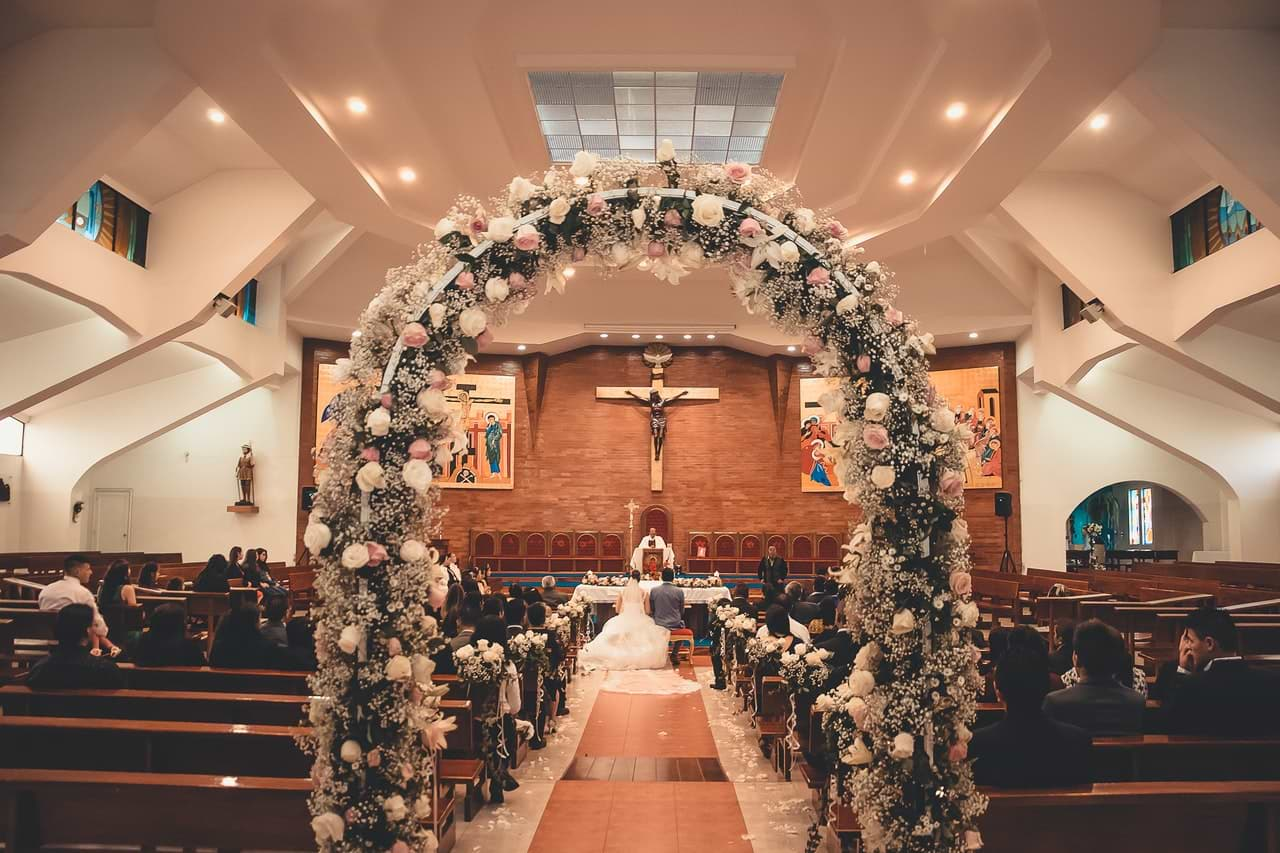
Additionally, female primary and secondary sponsors are seated at the left side, while male primary and secondary sponsors sit at the right side.
Wedding Tokens
Of course, at the end of the wedding, you need to show your gratitude to your wedding entourage. However, when it comes to gift-giving, there’s a slight difference between primary and secondary sponsors.
Since principal sponsors play a major role in your wedding and usually provide financial assistance, they’re typically given special tokens. Common gifts for sponsors include wine, premium gift cards or certificates, and personalized accessories.
For secondary sponsors, you can make do with indoor potted plants, engraved pens, and artisanal food items. You don’t need to give them something as extravagant as the ones for the principal sponsors, but you also want their wedding tokens to be different from the other guests.
Wedding Invitation/Program
In the wedding invitation or program, the names of ninangs and ninongs come first before the secondary sponsors. Aside from the order, the difference between the primary and secondary sponsors is the way they’re introduced and defined.
For instance, principal sponsors are introduced “To stand as witnesses to our vows.” When it comes to secondary sponsors, you can write “To light our path” for candle sponsors, “To bind us together” for cord sponsors, and “To clothe us as one” for veil sponsors.
Now that you know the many differences between primary and secondary sponsors, we hope you have a better grasp of who you’re going to assign to each role. The only hard rule is that you need at least two principal sponsors to sign the marriage contract.
When it comes to everything else, you can choose to customize the Filipino or Western wedding entourage traditions to make them your own. After all, it’s your wedding day! Ultimately, you decide how it’s going to play out.

Author: Chryss Segovia
Chryss loves ice cream, literature, and East Asian pop culture. She would like to pet your dog.

